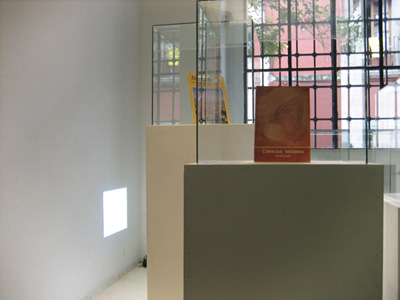The Kamp Katrina Project: A Conversation with the Filmmakers
Charles Gentry, David Redmon, and Ashley Sabin Kamp Katrina (2007), 75 minutes Directed by Ashley Sabin and David Redmon Photography by Redmon and Sabin Edited by Tim Messler, Sabin and Redmon Music by Eric Taxier Produced by Deborah Smith and Dale Smith “Kamp Katrina” was supposed to provide a communal shelter in the aftermath of the devastating storm of late summer 2005. The tent village was located in the garden backyard of a house on Alvar Street, in the post-Katrina “melting pot” of New Orleans’ Upper 9th Ward. The inhabitants included the homeowners—an eclectic Native American woman known as Ms. Pearl and her husband David Cross, the owner of a home-repair business—and their traumatized guests, who are mostly poor, white, working-class addicts and survivors. Although it is inspiring to witness the dedication and generosity of the hosts, there is also a necessary toughness in their mission, as campers are evicted for fighting, stealing, or substance abuse. Maybe most viewers are not surprised to see the social order break down as it surely does at Kamp …


